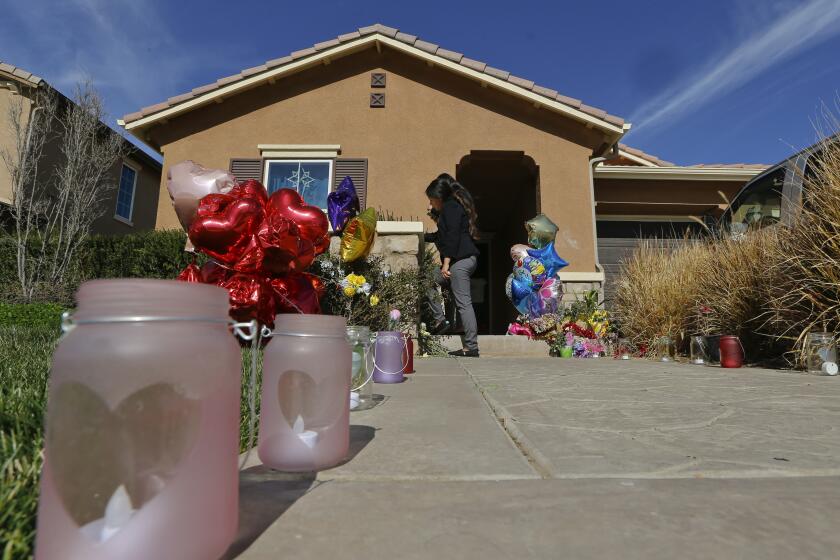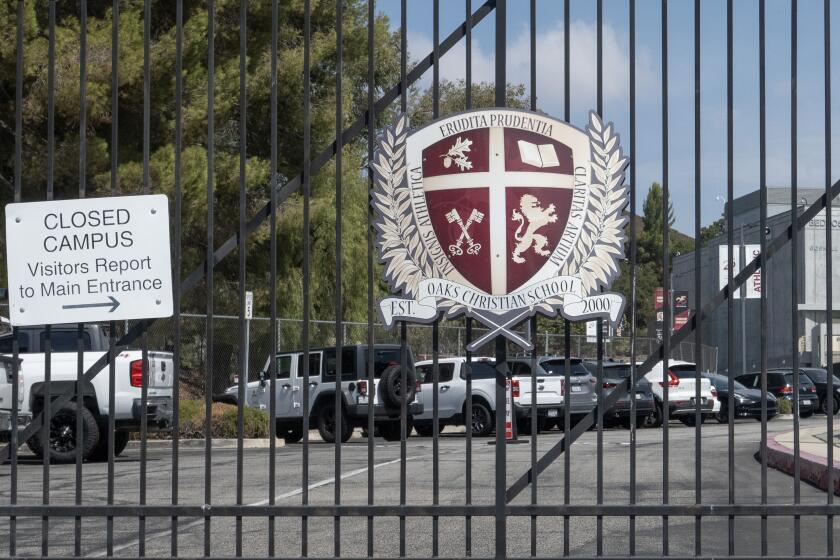Understanding the Riots Part 4 : Seeing Ourselves : LOS ANGELES : If we can learn from each other, we might have a city worth saving.
Los Angeles was a roomier place when I was growing up in the 1950s and ‘60s. The vast panorama from the desert to the mountains seemed to reflect the possibilities. All around lived black and brown people who were the labor force of a city on the rise.
Los Angeles then needed people more than it could afford to discriminate between them. There were plenty of jobs, at least of the blue-collar variety. Racism took a back seat to need. So what if it was hard for a person of color to get a promotion? If you didn’t make enough money you simply took on an extra gig. Everybody was from somewhere else and looking to belong. The recent past was dominated by the monolith of World War II, but the sun was shining on our beaches and on our crops.
My father’s family had migrated from Texas and Louisiana, leaving behind the strictures of Jim Crow. My mother’s family were Eastern European Jews who’d escaped (they thought) a thousand years of anti-Semitism. On our block, near 76th and Central, were Mexican families who’d moved to better their lives and launch their children, and Japanese families whose parents had fled the oppressive caste systems of their homeland. Everyone had been persecuted and marginalized. Everyone dreamed of prosperity and equality.
Maybe if we hadn’t had such beautiful dreams, we wouldn’t have been so disappointed when the doors didn’t fly open. The reality of segregation and job discrimination was salt in a very deep wound. All the professionals, the lawyers and doctors and politicians, were mainly white men. Meanwhile, the American government, whose language is violence, learned to use Negro men as its soldiers. Korea and Vietnam burned. But the private sector was slower to enlist our talents. Dr. Martin Luther King Jr. struck a chord in the black community that brought tears from deep down in the place that births tragedy.
So after more than a decade of marches and protests, the Watts riots flared--six days of violence and looting that got attention in a way that no other single action had. The people in power instituted programs and passed laws--good laws--that speeded up the growth of the black middle class. But real government aid, business grants and college loans, was not given out of understanding of the problems of minorities. This aid was parceled out to those who could best understand the issues of white authority. If you could speak and think the way that white people spoke and thought you were on your way to success.
Jobs became scarce, land was no longer cheap and deep splits developed among the nonwhite races. Refugees from the same lands we’d been pillaging for years came for their piece of the action. Nobody believed that it was any harder for a black man than it was for them. Blacks felt that the other minorities wanted to share in the spoils of urban revolt but didn’t want to get their hands dirty. L.A. wasn’t so roomy any more; it became a smaller and meaner place. So now we have another riot, a heart-rending affair that is almost impossible to talk about without contradicting yourself. Once again the government is making noises about helping the community. The only hope left is that we take what we need from these few generous months of frightened liberalism. In the rebuilding of Los Angeles we must rebuild our own attitudes toward ourselves and our community. We have to learn to respect how the Koreans work together, as they must learn American Negro history. If we can learn from each other, then we might have something even better than the old days when there was simply a surplus of wealth. We might have a city worth saving.
More to Read
Sign up for Essential California
The most important California stories and recommendations in your inbox every morning.
You may occasionally receive promotional content from the Los Angeles Times.










